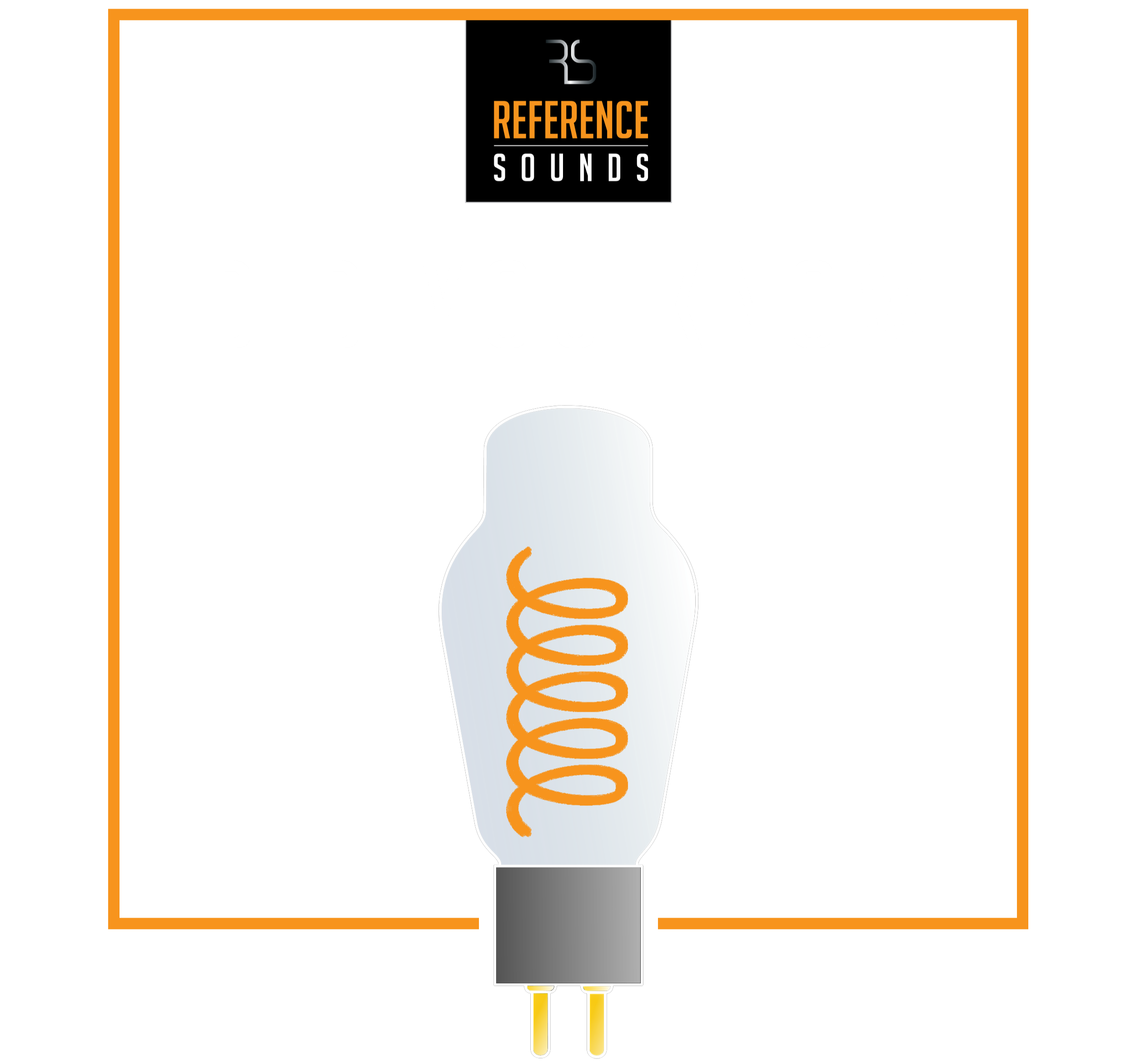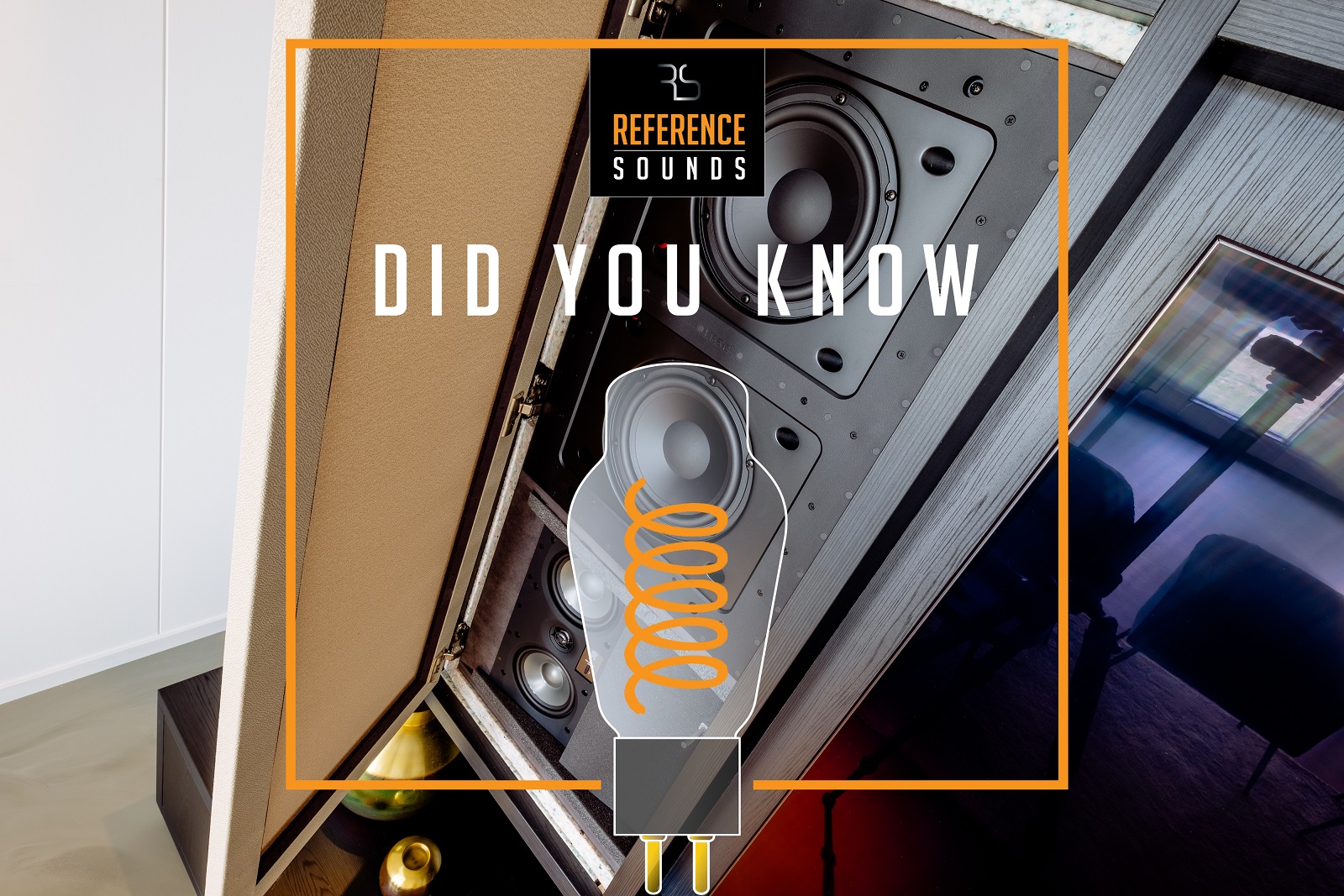
Reference Sounds Did You Know: geinige weetjes, interessante achtergronden en leuke tips over onze merken, producten, over ons en onze projecten.
Out of the closet (and into the wall)

I’ve doubted it for years. Free-standing speakers that are given plenty of room to breathe freely, but at the same time also have to pass my daughter’s self-taught MMA course, or a set of built-in speakers. Tightly concealed in the interior, out of reach of my daughter and her low-kick. Serious audio enthusiasts quickly get a bit of a pulling lower jaw from installers. And not necessarily unjustly. A lot of those built-in speakers are speakers whose cabinet has remained under the workbench in the factory. Not developed from the acoustic environment from which it ultimately has to do its job and not really worth listening to. In addition, the construction in which the speaker must feel at home is part of the sound box and therefore strongly influences the sound.
At JBL, all Architectural and JBL Synthesis models are electrically and mechanically developed for that challenging environment and optimized accordingly. A balanced radiation behavior over a large opening angle and an acoustic suspension of the woofers that makes it less critical for its resonance box. Regardless of the size of the housing, the bass reproduction will always be relatively smooth, and it will only feel better in a larger cabinet. Not a matter of course for a long time.
Now, of course, we are not talking about the slightest. JBL as part of the Harman Luxury Group. A manufacturer that can enjoy the rich company of the world’s greatest loudspeaker and acoustics gurus. Sean Olive, Mark Glazer, Floyd Toole to name a few. Of course, those men know better than anyone that building a speaker into a wall actually doesn’t have to be such a bad idea. Every sound source interacts with its environment and its true identity is therefore the sum of its direct sound and all reflections.
Especially the layer reproduction can undergo a considerable transformation depending on placement. The direct consequence of an acoustic fact: if the sound frequency decreases, the wavelength – the distance between two points in the sound wave with the same phase – increases. When that wavelength becomes larger than the sound source, the sound will behave more and more omnipolar. You say? Well, think of it as the stone falling perpendicularly into a pool of water. The wave will creep across the surface of the water parallel as a circle around the stone. A tone of 100 Hz has a wavelength of about 3.4 meters. At 50Hz that is more than 6.8 meters. No wonder then that those tones swim around the speaker cabinet like a kind of Kromowidjojo to collide with the surrounding walls. We call this interaction between speaker and room the ‘boundary effect’ and means that the sound of the bass reproduction is extremely influenced by the location of the speaker in the room: forward waves slosh on return waves and cause peaks and troughs in the midrange. -bass reproduction because some tones will be boosted while others will cancel themselves out.
A phenomenon that affects speakers of all sexes to a greater or lesser extent, but which carefully built-in speakers make short work of. A built-in speaker moves from a position in front of the ‘boundary’ to in the ‘boundary’ and therefore has no runtime problems between reflections from the rear wall and the direct sound. In fact, its built-in state ensures that the bass reproduction is much more balanced and gains strength at best. The so-called ‘boundary gain’. Provided it is properly built into a solid construction, and thoughtfully placed in relation to the listening position, a built-in speaker can perform fantastically. Especially if it has been developed for that specific function, such as a JBL Architectural or JBL Synthesis loudspeaker.
But yes, why choose when you can do both? You already understand, I’m just throwing my daughters out the door.

